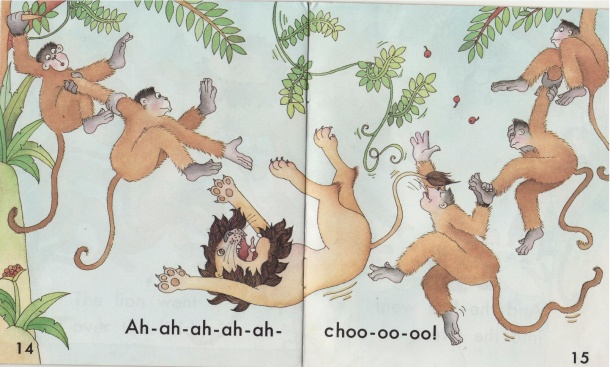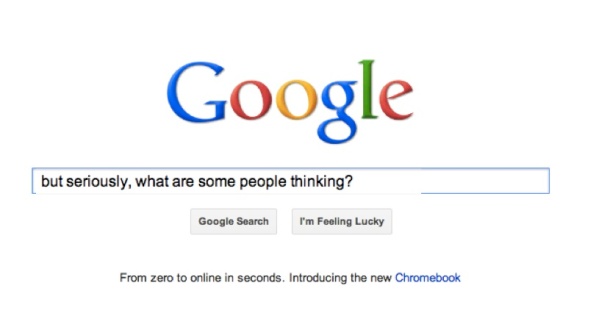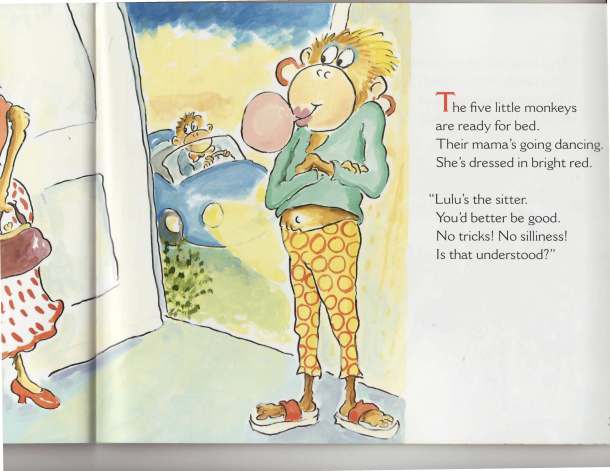 Elisa Kleven’s The Lion and the Little Red Bird is about a bird who wonders why a lion’s tail is different colors on different days (red, orange, blue, etc.). She asks him, but he doesn’t understand bird. They form a friendship despite the language barrier. A rainstorm ruins the bird’s nest and causes the lion to bring her inside his cave, where the reason for his ever-changing tail is revealed. When the bird finally finds out that he’s been painting with his tail she sings a beautiful song that the lion loves. It’s about inter-special friendship, the power of art and music to transcend cultural differences, and colors. One hardly notices the colors with everything else that is going on and I love that. My daughter also loves lions, so she’s happy. The rare books that trick one into learning are great — not because my daughter needs to be tricked, but because I enjoy reading books which don’t make me think “now I am reading about counting, now I am reading about coloring, she is learning about coloring now, she is learning about counting now” but instead have some sort of narrative.
Elisa Kleven’s The Lion and the Little Red Bird is about a bird who wonders why a lion’s tail is different colors on different days (red, orange, blue, etc.). She asks him, but he doesn’t understand bird. They form a friendship despite the language barrier. A rainstorm ruins the bird’s nest and causes the lion to bring her inside his cave, where the reason for his ever-changing tail is revealed. When the bird finally finds out that he’s been painting with his tail she sings a beautiful song that the lion loves. It’s about inter-special friendship, the power of art and music to transcend cultural differences, and colors. One hardly notices the colors with everything else that is going on and I love that. My daughter also loves lions, so she’s happy. The rare books that trick one into learning are great — not because my daughter needs to be tricked, but because I enjoy reading books which don’t make me think “now I am reading about counting, now I am reading about coloring, she is learning about coloring now, she is learning about counting now” but instead have some sort of narrative.
There is a great Pimpa book (Pimpa va a casa di Nino) which, although not as subtle, manages to count from one to nine with a convincing (though slightly bizarre) narrative. The main trick is, I think, that completely different things are counted. So instead of say, just choosing a totally random example, one monkeys, two monkeys, three monkeys, etc. it is about a dog who gets in a canoe to visit her penguin friend Nino. [I used to have some stuff here about rainbows, but it proved too controversial and I revealed my lack of scientific rainbow knowledge.] I bet you are more interested in what happens at the end of this book than in the ten little monkeys jumping on the bed one, right? Armando gets a treat from the North Pole.



















